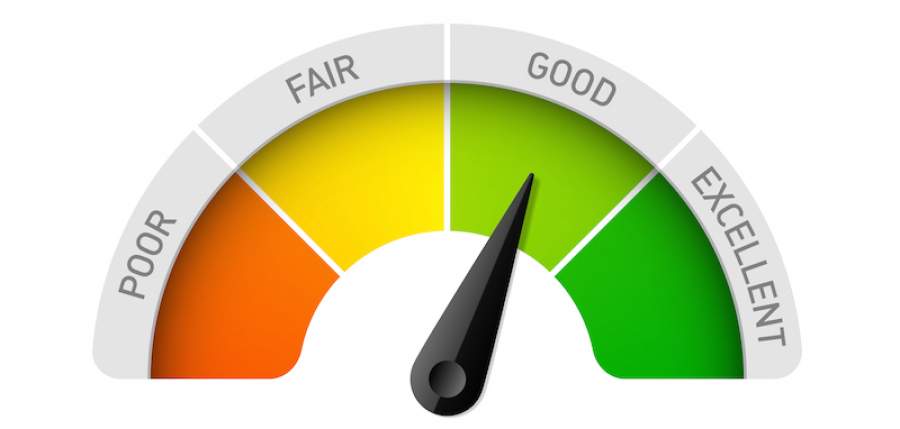The "Credit Rating" myth

All too often we hear of young people told to go out and get a loan to establish a Credit Rating, but is it true?
What is a Credit Rating?
A “credit rating” should not be confused with your credit score that is provided by a common credit bureau such as Veda.
So, what’s the difference?
Credit Score – your credit score is a representation of your credit history, both good and bad. Every time you have a new phone service, get gas or electricity connected, apply for credit, or open a store account the company that you are dealing with will register your transaction. If you are late with your payments this may be recorded, if you default it certainly will be.
Over the years your credit history builds up and it builds a profile on you. The better you conduct your financial affairs the better your credit score, if you are a poor or irregular payer your credit score will be lower.
Lenders use this data to determine if they will give you a loan, and what price you will have to pay for that loan.
Credit Rating – this is a mythical beast, generally a marketing play developed by high interest rate lenders several years ago that has taken a life of its own.
If you are dealing with a finance company they will often tell you that you have an “A1” credit rating with them – let’s be clear, if you pay your loan with anybody you will have an A1 credit rating with them.
What this “A1 Credit Rating” is all about is getting you to come back and borrow from them, after all if you have a A1 credit rating why would you go somewhere else where you have to establish your rating again?
The credit rating story usually begins at a BBQ, over a few drinks. Someone will mention that they have never had a loan, and an ‘expert’ pronounces that “you should go and get a loan so you’ll have a credit rating” – usually accompanied by a statement that they already have an A1 rating.
If this happens to you just remember just like the song goes “there are no ugly people after 2 am”, and there is rarely an expert in credit at the neighbourhood BBQ.
The reality?
We constantly see a stream of young people burdened by big car loans or other consumer debt that started innocently with a little loan to “get a credit rating” and it has gotten out of control. It is not that uncommon to see young people with consumer loans of $50,000 or more, and sometimes higher.
Then a job loss, or another life event comes along and they cannot make the payments. The lender lists their default and it goes on their credit report (the real one), and it stays there for up to 7 years – meaning that the really good lenders out there will not lend them money, leaving them in the clutches of those same high rate lenders.
Not all loans go badly, but if you are buried under a mountain of personal debt you will find it harder to save for a home, or to afford the repayments if you do want one.
Even if you can afford it, don’t do it unless you need to. Just because a finance company says that you can borrow $50,000 for a new car think to yourself “do I need it”, or is that $20,000 second hand car just as good?
If you are commencing your ‘borrowing life’, go see an expert in lending. They will give you some professional advice; you may not like it, but it will be well intentioned.
In 30+ years in this industry I have never heard of someone having a loan refused because they have not had a loan before.
If you want professional advice about your borrowing contact us with your situation and we will have one of our Lending Specialists assist you.
About the author: David Traynor has been in the finance industry since 1982, is a member of FBAA, MFAA, and CAFBA, David holds a Diploma in Finance and Mortgage Broking Management and has been awarded as a Fellow of Finance by FINSIA.
David established Regional Finance Solutions in 2013 when he became aware of the banks continued removal of traditional bank branch based lenders. Regional Finance Solutions currently has 16 brokers spread across the North Coast, New England and North West. Banking roles for David have been extensive and have included roles in branches through to executive management roles.

